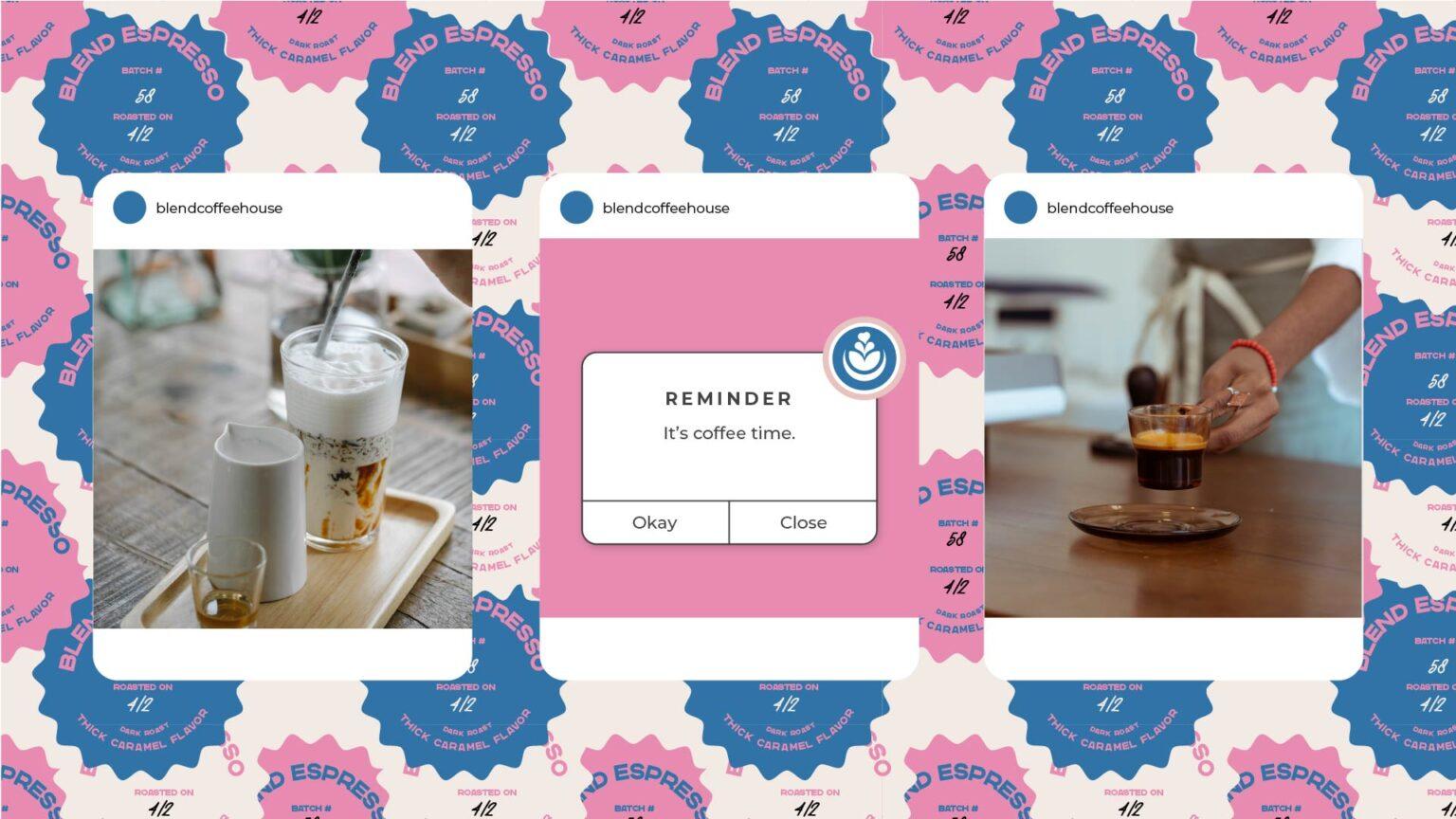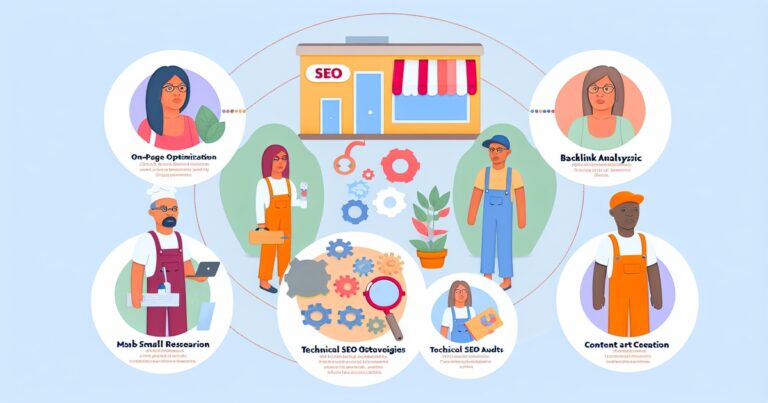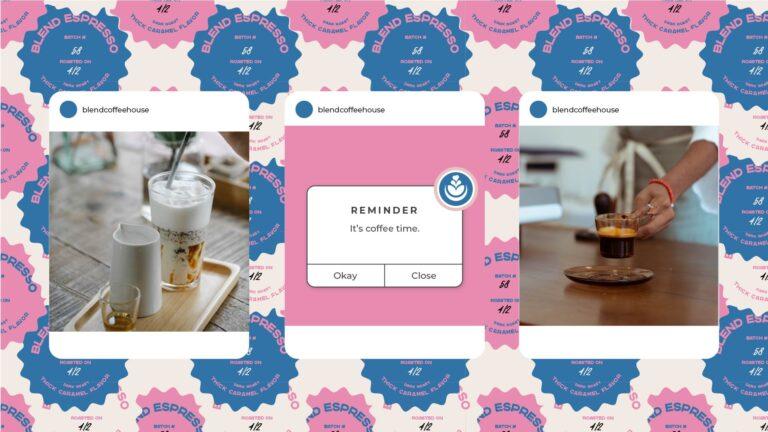The digital age has revolutionized how businesses interact with customers, and building a strong brand is more critical than ever. With the increase of e-commerce and social media, companies can reach a much broader audience. However, this also means that competition is steeper, making it essential to create a unique brand that stands out.
Definition of Brand Building
Brand building refers to creating a unique identity for your company or product. It is about connecting with your target audience emotionally by establishing a consistent message across all platforms. It involves creating an image that distinguishes you from competitors and creates long-term customer loyalty.
You must understand your target audience and tailor your messaging to initiate brand building. By doing so, you will show potential customers that their needs are understood and can be met through your product or service offering.
Importance of Brand Building in the Digital Age
With consumers having access to more information than ever, businesses must make their mark quickly while also earning customer trust and loyalty. A strong brand helps achieve these goals by fostering customer and business relationships.
In the digital age, having an established brand online is vital because most consumers’ first interaction with a business occurs online through its website or social media accounts. This makes it imperative for companies to have an impactful digital presence that resonates with their target audience.
Overview of Steps to Build a Brand Online
Building a brand online involves several key steps that must be considered: 1) Define your brand identity: Determine what your company stands for and identify its unique selling proposition (USP). 2) Establish Your Online Presence: Develop a consistent visual identity across all platforms, including social media profiles and website design.
3) Content creation and marketing: Develop a content strategy that aligns with your brand identity and promotes it through various mediums. 4) Engage with your audience: Respond to comments, nurture relationships, and encourage user-generated content (UGC). 5) Build Relationships with Influencers: Connect with relevant influencers in your niche and collaborate on projects or sponsorships.
6) Measure success and adjust strategy accordingly: Track key performance indicators (KPIs), such as engagement rates or conversion rates, to determine the effectiveness of your brand-building efforts. In the upcoming sections, we will delve deeper into each of these steps, providing more insight into how to build a strong brand online.
Define Your Brand Identity
Your brand identity is essentially your brand’s personality, and it encompasses everything from your logo to the tone of voice you use when communicating with your audience. It’s essential to clearly understand what your brand represents before moving forward with any other branding efforts. This involves identifying and defining who you are as a company, your values, what sets you apart from competitors, and more.
Determine Your Target Audience
Knowing your target audience will help shape how you communicate with them. Understanding their needs, wants, pain points, and interests will help you create content that resonates with them on a deeper level. There are various ways to define your target audience – demographics such as age, gender, income level etc., psychographics such as personality traits or values – but ultimately, it’s about developing an accurate picture of who they are.
Once you have identified this group of people or businesses that make up your target audience (also known as buyer personas), you must tailor your messaging for them. Consider factors like their preferred social media platforms and communication channels so that you can ensure they see and engage with the content that aligns most closely with their interests.
Develop Your Unique Selling Proposition (USP)
Your USP makes your company different from competitors in the same industry. This should be communicated clearly in all marketing materials and content created for online branding efforts.
When creating a USP statement, ask yourself: What gap in the market does my product/service fill? What unique benefits do I offer my customers?
Why should they choose me over competitors? This statement should be concise but powerful – clearly articulate why someone would pick your business over others offering similar products/services.
Create a Mission Statement and Core Values
A mission statement outlines precisely what your business does and should be a guiding force when making important decisions. It’s also an opportunity to communicate your brand values and establish the tone for all future messaging and marketing efforts. When crafting your mission statement, consider the following: What problems do I solve for my customers?
What is my long-term vision for the company? Your company’s core values should reflect who you are as a brand and what you stand for.
These values should align with your target audience and be communicated consistently throughout all branding efforts. For example, if sustainability is essential to your target customers, it must be vetted in everything from product development to social media messaging.
Establish Your Online Presence
Choose a Memorable Domain Name
When building your brand online, choosing the right domain name is crucial. Your domain name is often the first impression potential customers will have of your business, so it’s essential to ensure that it’s memorable and reflects your brand identity. When selecting a domain name, you’ll want to consider several factors.
First, choose a name that is easy to remember and spell. Avoid using symbols or numbers in your domain name, as they can be confusing and difficult to type.
Additionally, ensure that your domain name accurately reflects the nature of your business. For example, if you sell handmade jewelry, including keywords like “jewelry” or “handmade” in your domain name can help potential customers find you more easily.
Set up Social Media Accounts
Social media platforms are essential for building an online presence for your brand. By creating profiles on popular social media channels like Facebook, Twitter, Instagram and LinkedIn, you can connect with potential customers and build an engaged community around your brand.
When setting up social media accounts for your business, use consistent branding across all platforms. This includes using the same profile picture and covers image on each platform and maintaining a consistent voice in all your posts.
It’s also important to regularly post content on social media platforms to keep followers engaged with your brand. Utilize tools like Hootsuite or Buffer to schedule posts ahead so you don’t have to monitor each platform throughout the day.
Create a Consistent Visual Identity
A visually appealing website and social media profiles are critical to any successful online brand. Use the same colours and fonts throughout all marketing materials to create a consistent visual identity across all channels. Additionally, consider hiring a graphic designer to develop your brand’s logo and other visual assets.
A well-designed logo can help to establish your brand identity in the minds of potential customers and make your business more recognizable. When designing your website, choose a layout and colour scheme that is easy on the eyes and user-friendly.
Avoid cluttering the page with too many images or text, and ensure that important information is easily accessible. By establishing a solid online presence through consistent branding across all channels, you’ll be able to build trust with potential customers and stand out from competitors in your industry.
Content Creation and Marketing
Developing a Content Strategy that Aligns with Your Brand Identity
Creating valuable, relevant content is critical to building a solid brand online. However, your content must align with your brand identity – who you are, what you stand for, and what makes you different from your competitors. To create a content strategy that aligns with your brand identity, consider the following:
1. Identify Your Target Audience: Who are they? What do they need?
What are their interests? Understanding your target audience will help you create content that resonates with them.
2. Determine Your Unique Selling Proposition (USP): What makes your brand unique? What value can you offer to your audience?
Determining your USP will help differentiate you from the competition. 3. Set Goals: What do you want to achieve with your content?
Increased traffic, engagement or sales? Setting measurable goals will help guide the creation of valuable content.
4. Plan Your Content Calendar: Create an editorial calendar that outlines when and where specific pieces of content will be published. This helps ensure consistency and helps plan for seasonal trends or events.
Utilizing Various Mediums such as Blog Posts, Videos, Infographics, etc.
Creating valuable content isn’t just about writing blog posts. Depending on what best suits your target audience and fits in with your overall branding strategy – images/infographics/ videos may be more effective than text-based blogs, especially for social media channels like Instagram or Tiktok, where visual appeal is critical.
Consider experimenting across different mediums such as videos (YouTube), podcasts or infographics to engage audiences in multiple ways while still staying consistent in messaging and branding. Remember to tailor each piece of content according to the medium it’s being presented on, such as creating shorter, visually appealing videos for social media channels compared to longer, more detailed videos suited for Youtube.
Promoting Your Content through Social Media and Other Channels
Creating compelling content is one thing, but promoting it effectively is another. Social media is critical in distributing content and promoting your brand online.
Create social media accounts on relevant platforms such as Facebook, Twitter and Instagram and tailor the content to fit each platform’s specific audience. Share blog posts on LinkedIn while utilizing Instagram Stories to showcase behind-the-scenes shots or snippets of new products.
Make sure to devote enough time, effort and budget towards promoting your content – this could include running paid ads on Facebook or Google Adwords, utilizing influencer marketing or even guest blogging on popular industry websites. Ultimately creating valuable content that aligns with your brand’s identity across a variety of mediums helps create an engaged audience which can lead to greater brand exposure online.
Engage with Your Audience
Building a brand online is not just about creating and putting content into the world; it’s also about engaging with your audience and building relationships with them. One of the best ways to do this is by promptly responding to comments and messages.
When someone takes the time to leave a comment or send you a message, it’s essential to acknowledge them and respond as quickly as possible. This shows that you value their opinion and helps build trust and credibility with your audience.
In addition to responding to comments and messages, you can also encourage user-generated content (UGC) as another way of engaging with your audience. UGC can include reviews, photos, videos, or testimonials from satisfied customers or followers.
Encourage User-Generated Content (UGC)
User-generated content is an excellent way to engage with your audience while authentically showcasing your brand. By allowing your followers to create content related to your brand, you’re allowing them to become part of the story.
To encourage UGC, create a hashtag that people can use when sharing their content on social media platforms like Instagram or Twitter. You can then monitor these hashtags and feature some of the best user-generated content on your social media channels or website.
You can also incentivize UGC by hosting contests or giveaways requiring users to submit photos or videos related to your brand. This encourages engagement and helps spread awareness about your brand through word-of-mouth marketing.
Host Contests or Giveaways
Hosting contests or giveaways is another effective way of engaging with your audience while promoting your brand simultaneously. Contests and giveaways create a sense of excitement and anticipation among your followers, which can help increase engagement and reach.
When hosting a contest or giveaway, clearly communicate the rules and guidelines beforehand. You should also choose a prize relevant to your brand and appeal to your target audience.
Promote the contest or giveaway on your social media channels and website. This will help spread awareness about the promotion and encourage more people to participate.
Build Relationships with Influencers
Influencer marketing has become one of the most powerful tools for building brands in the digital age. With influencers having massive followings on social media, collaborating with them can lead to increased brand awareness, engagement and conversions.
However, finding the right influencers for your brand is crucial. Here are some tips for identifying influencers relevant to your niche.
Identify Influencers Relevant to Your Niche
When it comes to influencer marketing, relevancy is critical. You want to ensure that the influencers you collaborate with align with your brand values and target audience.
Start by researching popular social media accounts in your industry or niche. Look for accounts that have a significant following and engagement rate.
Once you have identified potential influencers, please closely examine their content. Does their style match yours?
Do they share similar views or values? It’s essential to ensure their content is authentic and aligns with your brand message before reaching out.
Connect With Them Through Social Media or Email Outreach
Once you have identified relevant influencers, it’s time to reach out and start building a relationship. Social media is a great starting point as it allows you to engage with them directly through comments or direct messages (DMs).
When reaching out through DMs or email outreach, be respectful of their time and keep your message concise yet informative. Introduce yourself briefly and explain why you admire their work and how it relates to your brand.
Collaborate on Projects or Sponsorships
After establishing a relationship with an influencer, consider ways to collaborate on projects or sponsorships that benefit both parties. This could include hosting a joint event, creating co-branded content like blog posts or videos, or sponsoring an influencer’s post that promotes your product/service. When collaborating on projects, ensure the content is authentic and aligns with your brand message and the influencer’s style.
Ensure the influencer discloses their relationship with your brand to their followers to maintain transparency. Building relationships with influencers can be a highly effective way of building your brand online.
Following these steps, you can identify relevant influencers, connect with them, and collaborate on projects or sponsorships that benefit both parties. Remember to keep your collaborations authentic and aligned with your brand message for maximum impact.
Measure Success and Adjust Strategy Accordingly
Building a brand online is an ongoing process, and tracking your progress regularly is essential to ensure that your efforts are paying off. Tracking key performance indicators (KPIs) can help you measure your success and identify areas where you need to adjust your strategy.
Some essential KPIs to track include:
- Traffic: Keep an eye on website traffic, social media followers, and email subscribers. An increase in traffic indicates that people are interested in your brand.
- Engagement: Look at likes, comments, shares, retweets, and replies on social media. Engagement means people are interacting with your brand.
- Sales: Track sales or conversions from promotional materials such as ads or coupon codes. If sales aren’t high enough for the amount of traffic you’re receiving, reevaluate the value proposition of your product or service.
Based on these metrics’ analysis, adjust the strategy accordingly for better results if something is not going as planned. For example, if engagement is low despite many followers on Instagram, try posting more interactive content like polls or challenges.
Conclusion
Building a brand online requires time and effort but can lead to great rewards in the long run. Define yourself as a company or individual before establishing an online presence through websites and social media accounts.
Create unique content regularly catering specifically to your target audience while promoting it via various mediums such as blog posts, videos, infographics etc.; encourage user-generated content by hosting contests/giveaways & engaging with audiences who may have questions or comments about products/services provided by brands- this will help create relationships between influencers/customers/brands which ultimately leads them all together! Measuring success by tracking KPIs like traffic, engagement, and sales and consistently adjusting strategies for better results is essential.









